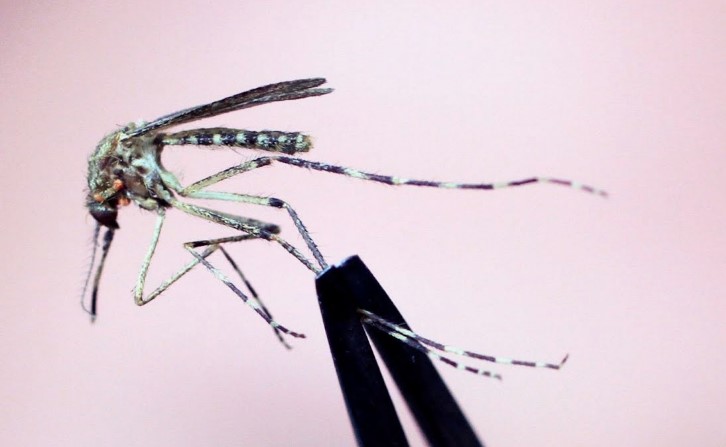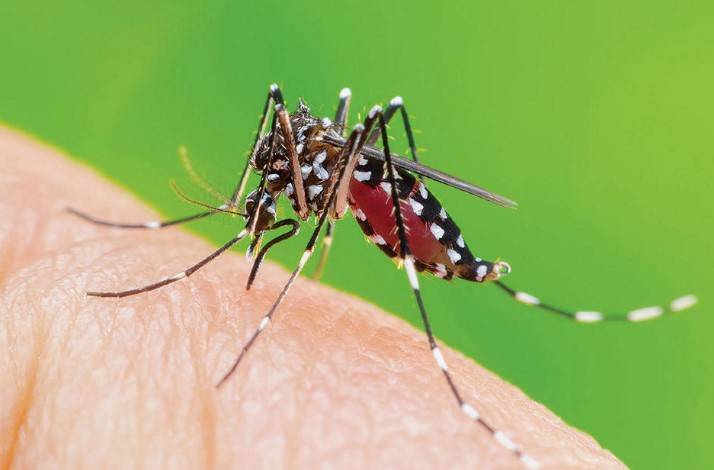Introduction
Mosquito-borne diseases have plagued humanity for centuries, but today, their threat is expanding at an unprecedented rate. Viruses like dengue, Zika, chikungunya, yellow fever, and West Nile are no longer confined to tropical regions—they are spreading into temperate zones, urban centers, and high-altitude areas due to climate change, globalization, and ecological shifts.
The Science of Mosquito-Borne Virus Spread
How Mosquitoes Transmit Viruses
Mosquitoes act as vectors—organisms that transmit pathogens between hosts. The process involves
- Virus Acquisition—A mosquito bites an infected person, ingesting the virus.
- Virus Replication—The virus multiplies inside the mosquito’s gut.
- Transmission—The virus moves to the mosquito’s salivary glands and spreads via new bites.
Key mosquito species driving outbreaks:
- Aedes aegypti (primary carrier of dengue, Zika, yellow fever)
- Aedes albopictus (Asian tiger mosquito, spreading chikungunya)
- Culex mosquitoes (West Nile virus, Japanese encephalitis)
Climate Change’s Impact on Mosquito Ecology
Rising global temperatures accelerate mosquito development:
- Warmer Weather = Faster Breeding—Mosquitoes mature quicker, increasing populations.
- Extended Transmission Seasons—Longer warm periods allow year-round disease spread.
- Expanded Habitats—Mosquitoes now survive in previously inhospitable regions.
Case Study: Aedes aegypti has moved 500 km farther north in the U.S. over the past 50 years.
Key Mosquito-Borne Viruses and Their Expansion
Dengue Fever
- Current Burden: 400 million infections/year
- Expansion Zones: Southern U.S., Southern Europe, China
- Climate Link: Warmer temperatures increase viral replication rates in mosquitoes
Zika Virus
- Emerging Threat: Linked to microcephaly in newborns
- Recent Spread: Florida (2016), Southeast Asia, India
- Silent Transmission: 80% of cases asymptomatic, complicating containment
Chikungunya
- Symptoms: Debilitating joint pain lasting months
- New Outbreaks: Italy (2017), France (2023)
- Adaptation Risk: Virus mutates to spread more efficiently
Yellow Fever
- Resurgence: Outbreaks in Brazil (2018) and Africa (2023)
- Vaccine Shortages: Limited global supply increases risk
West Nile Virus
- Northward Spread: Now endemic in Canada
- Bird-Mosquito Cycle: Climate shifts alter migratory patterns

Drivers of Global Expansion
Climate Change Effects
- Temperature Extremes → Faster mosquito life cycles
- Flooding Events → More stagnant water breeding sites
- Humidity Changes → Alters mosquito survival rates
Urbanization & Human Behavior
- Megacities with poor drainage = ideal mosquito habitats
- Air Travel introduces viruses to new regions within hours
- Deforestation forces disease-carrying mosquitoes into human settlements
Mosquito Adaptation
- Insecticide Resistance (e.g., pyrethroid-resistant Aedes)
- Cold Tolerance (Aedes albopictus now survives in Germany)
Innovative Solutions
Next-Gen Mosquito Control
- Wolbachia Bacteria—Blocks virus transmission in mosquitoes
- Gene Drive Mosquitoes—CRISPR-edited to suppress populations
- AI-Powered Traps—Predict outbreaks before they happen
Vaccine & Treatment Advances
- Dengue Vaccine (Qdenga) – Now approved in Europe
- mRNA Zika Vaccine—Human trials underway
- Broad-Spectrum Antivirals—Targeting multiple mosquito-borne viruses
Policy & Preparedness
- Global Surveillance Networks—Real-time tracking of mosquito spread
- Urban Planning Reforms—Eliminating breeding sites in cities
- Climate-Resilient Health Systems—Preparing for disease migration
Future Projections & Recommendations
Worst-Case Scenarios
- By 2050: 50% of the world population at risk for dengue
- By 2080: Yellow fever could reach Southern China
✔ Invest in mosquito control research
✔ Expand vaccine access in vulnerable regions
✔ Integrate climate models into public health planning
Conclusion
The expansion of mosquito-borne viruses is one of the most pressing global health challenges of our time. Without immediate action, millions more will suffer from preventable diseases. A combination of scientific innovation, policy reform, and public awareness can help mitigate this growing crisis. Mosquito control manages the population of mosquitoes to reduce their damage to human health, economies, and enjoyment. Mosquito control is a vital public-health practice throughout the world and especially in the tropics because mosquitoes spread many diseases. Read More>>>>>
Adult mosquito populations may be monitored by landing rate counts, mechanical traps, or by landing rate counts. An inspector visits a set number of sites every day, counting the number of adult female mosquitoes that land on a part of the body, such as an arm or both legs, within a given time interval. Mechanical traps use a fan to blow adult mosquitoes into a collection bag that is taken back to the laboratory for analysis of the catch. The mechanical traps use visual cues (light, black/white contrasts) or chemical attractants that are normally given off by mosquito hosts to attract adult female mosquitoes. These cues are often used in combination. Entomology lidar detection has the possibility of showing the difference between male and female mosquitoe.







